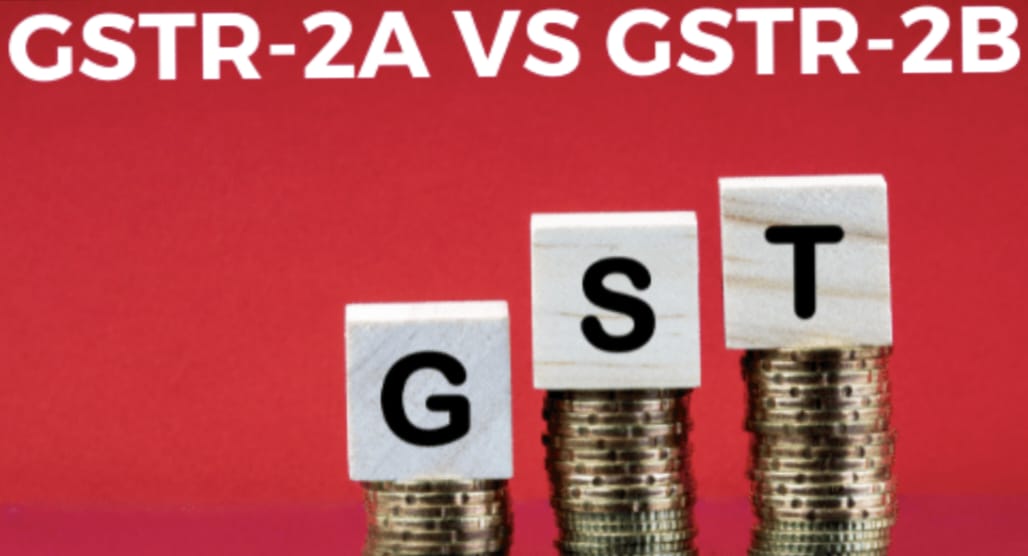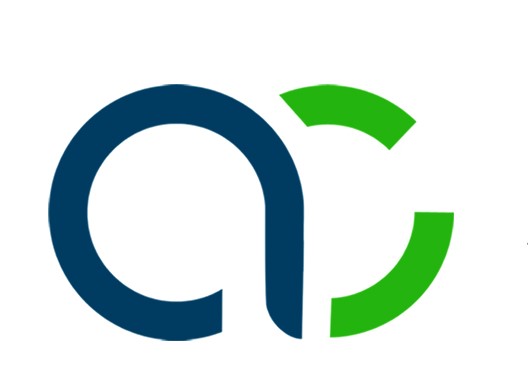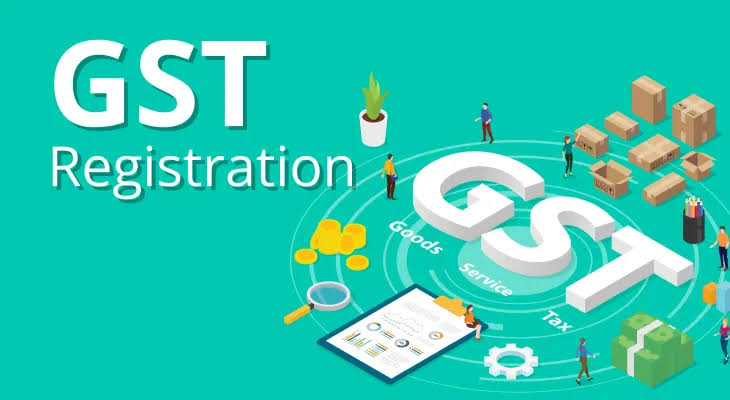Understanding GSTR-2A vs GSTR-2B
GSTR-2A and GSTR-2B are key forms in GST compliance. While both aid reconciliation, they differ in purpose. GSTR-2A collates supplier-reported inward supplies for recipients, acting as a purchase register. GSTR-2B summarizes input tax credit for taxpayers, aiding in ITC management. Understanding these nuances is crucial for navigating GST compliance effectively.What are GSTR-2A and GSTR-2B?GSTR-2A is an auto-generated form in GST that shows inward supplies reported by suppliers in GSTR-1, acting as a purchase register. GSTR-2B, also auto-generated, provides a summary of input tax credit available to a taxpayer for a specific period, helping manage ITC claims.
Key Differences
 KEY
DIFFERENCES:
|
Key Differences |
GSTR-2A |
GSTR-2B |
|
Nature of Information |
Dynamic and reflects real-time data as filed by suppliers in their GSTR-1 |
Static and provides a consolidated view of ITC available based on GSTR-1 data, typically generated on a monthly basis |
|
Utilization for ITC Reconciliation |
Primarily used as a reference for reconciling purchases with the supplier's outward supplies. |
Helps in gauging the eligible ITC that can be claimed for a tax period without extensively verifying individual invoices. |
|
Time of Generation |
Generated periodically as suppliers file their GSTR-1, hence updated regularly. |
Typically generated on a monthly basis, usually on the 12th of the succeeding month. |
|
Treatment of Invoices |
Reflects all invoices uploaded by the supplier, including those under dispute or pending acceptance. |
Excludes certain types of invoices like those under dispute, credit notes, and debit notes. |
|
Format and Accessibility |
Accessed directly from the GST portal in a JSON format. |
Available in a downloadable format on the GST portal. |
Â
Implication and Importance
IMPLICATIONS AND IMPORTANCE:
|
Implications and Importance |
GSTR-2A |
GSTR-2B |
|
Reconciliation Efficiency |
GSTR-2A facilitates granular-level reconciliation, enabling businesses to verify each transaction with the supplier's records. |
GSTR-2B streamlines the process by providing a consolidated view, saving time and effort in manual reconciliation. |
|
Risk Mitigation |
GSTR-2A helps in identifying mismatches and potential non-compliance issues, allowing timely rectification. |
GSTR-2B acts as a reference point for claiming ITC, reducing the risk of claiming ineligible credits. |
|
Compliance Management |
Regular reconciliation using GSTR-2A helps in maintaining compliance and ensures accurate reporting of ITC. |
GSTR-2B aids in better ITC management, minimizing errors and reducing the chances of disputes during audits. |
Â
CONCLUSION:
In conclusion, while GSTR-2A and GSTR-2B share the objective of aiding in ITC reconciliation, they differ significantly in their nature, scope, and utility. Both are indispensable tools for businesses aiming to maintain compliance, optimize ITC utilization, and mitigate risks associated with GST filings. A holistic approach incorporating both forms is essential for seamless GST compliance and efficient financial management.






